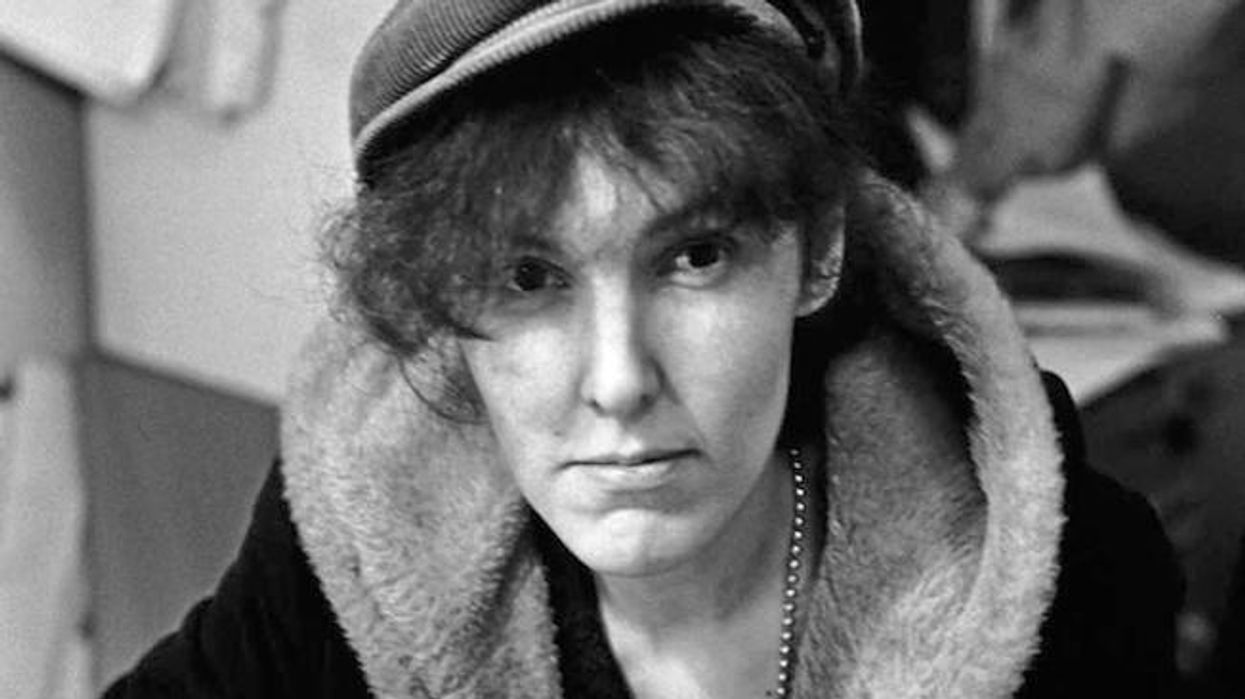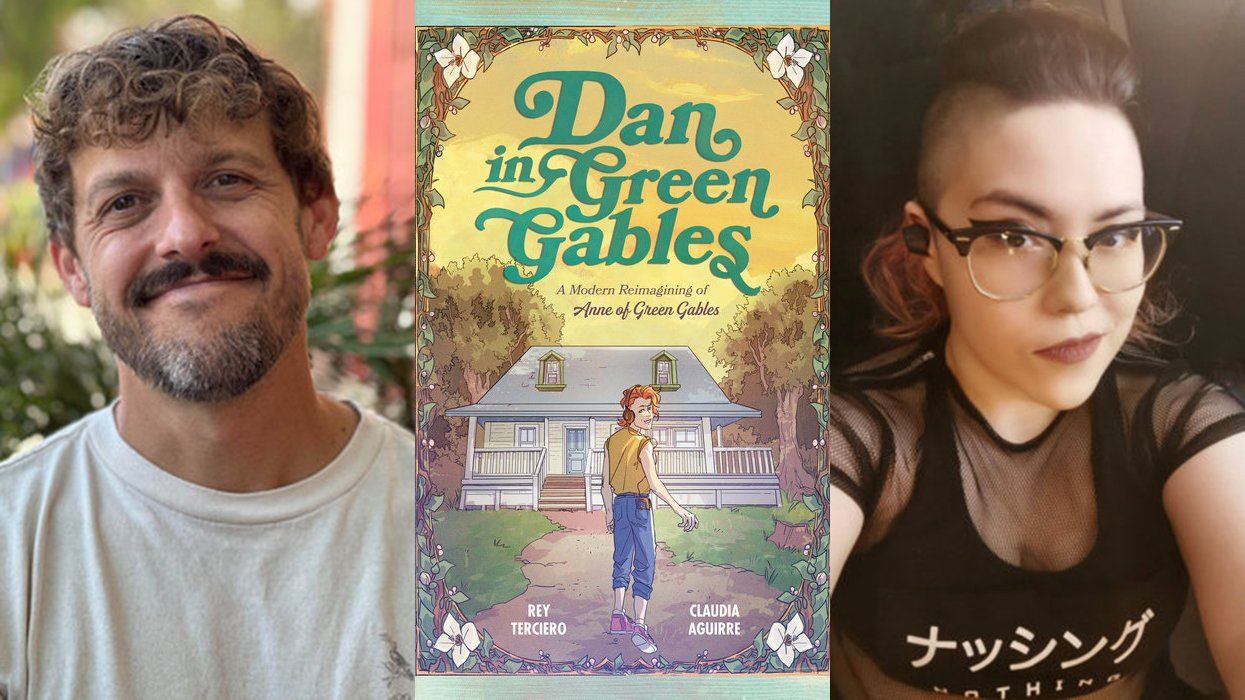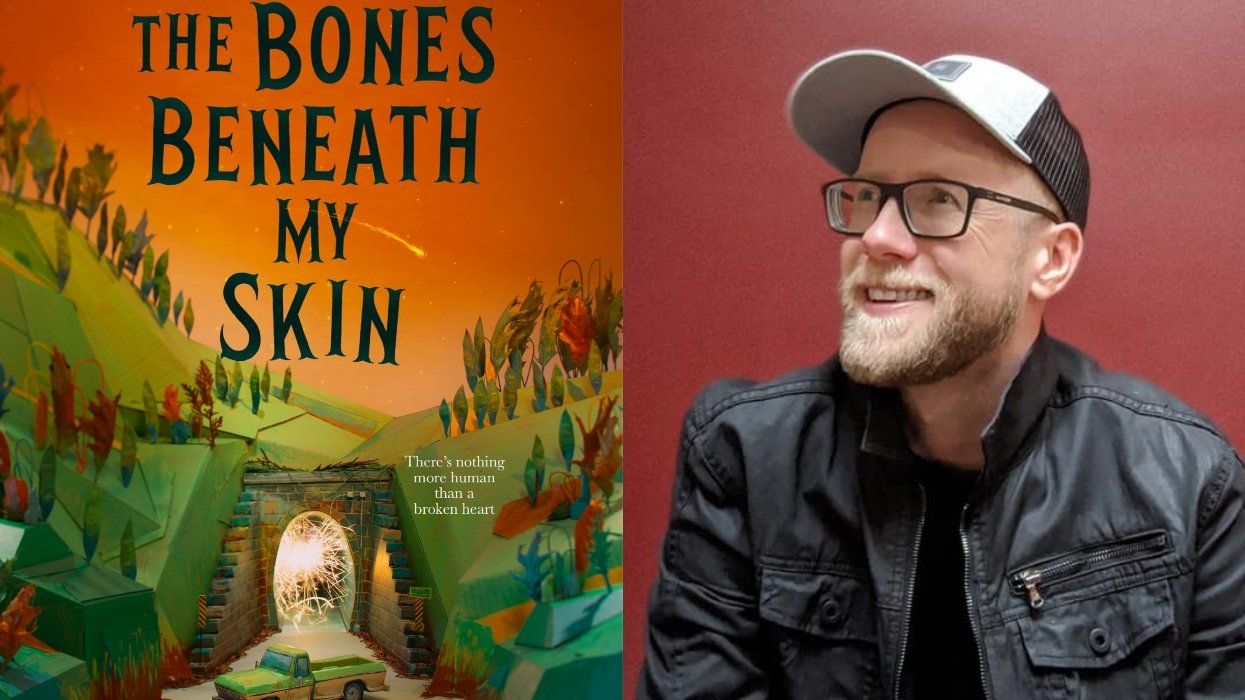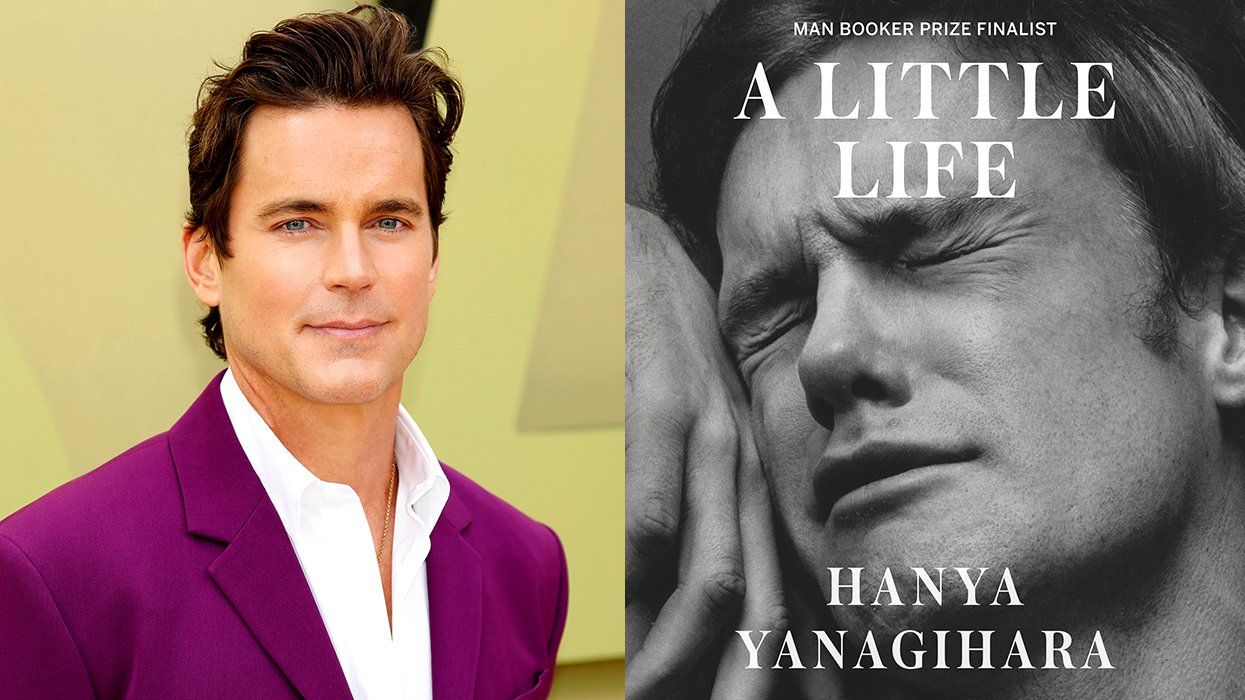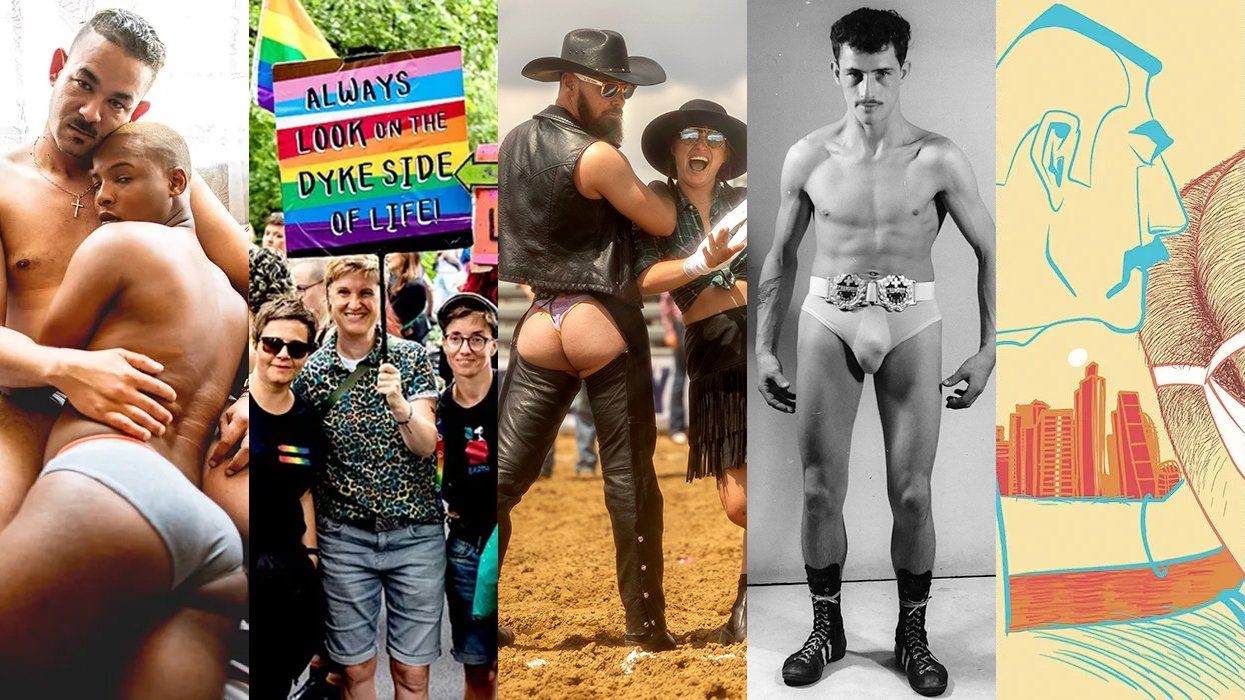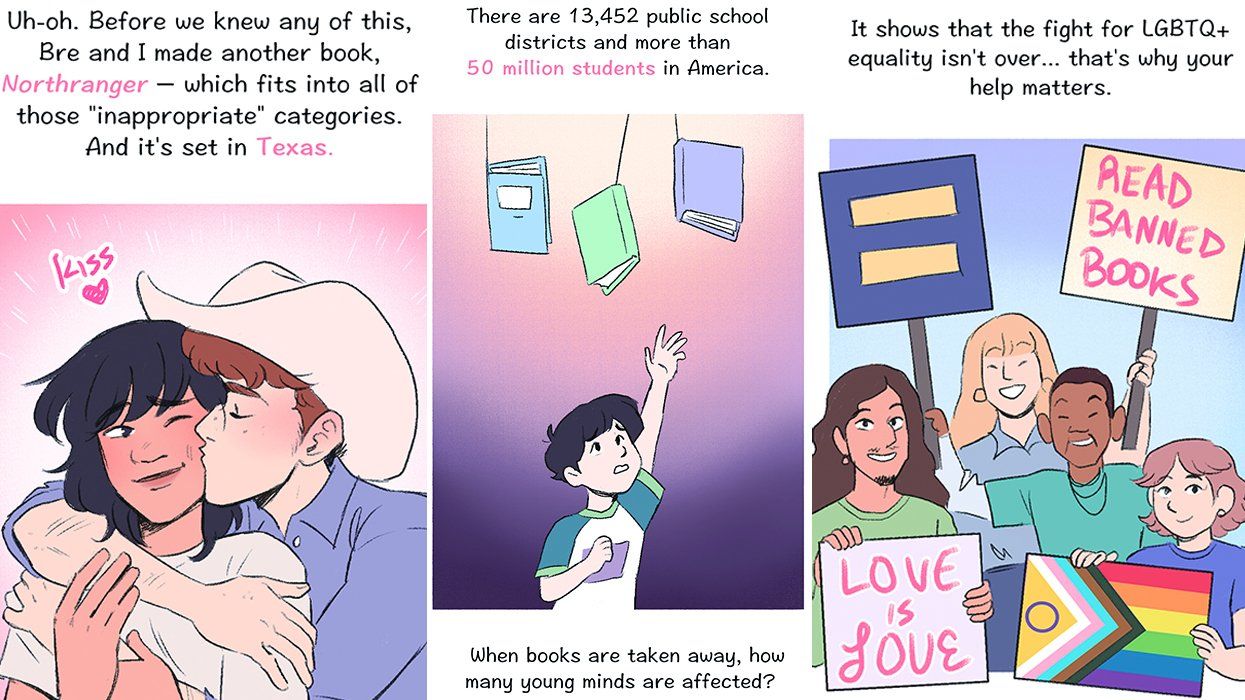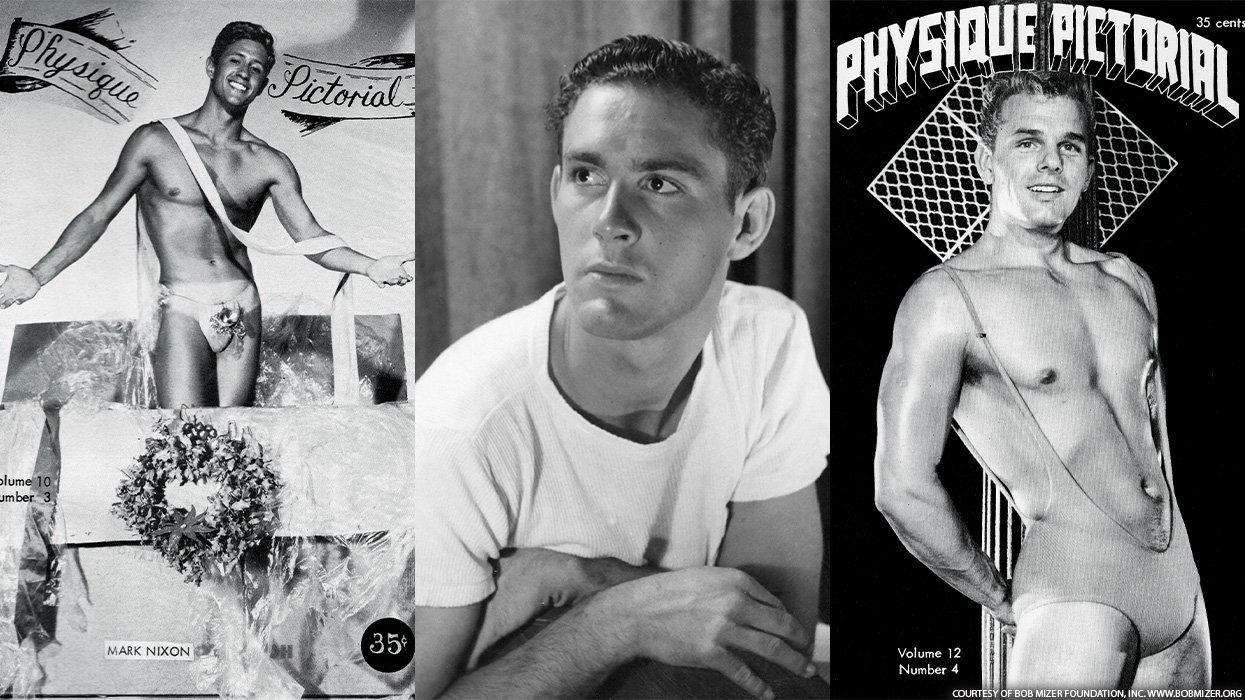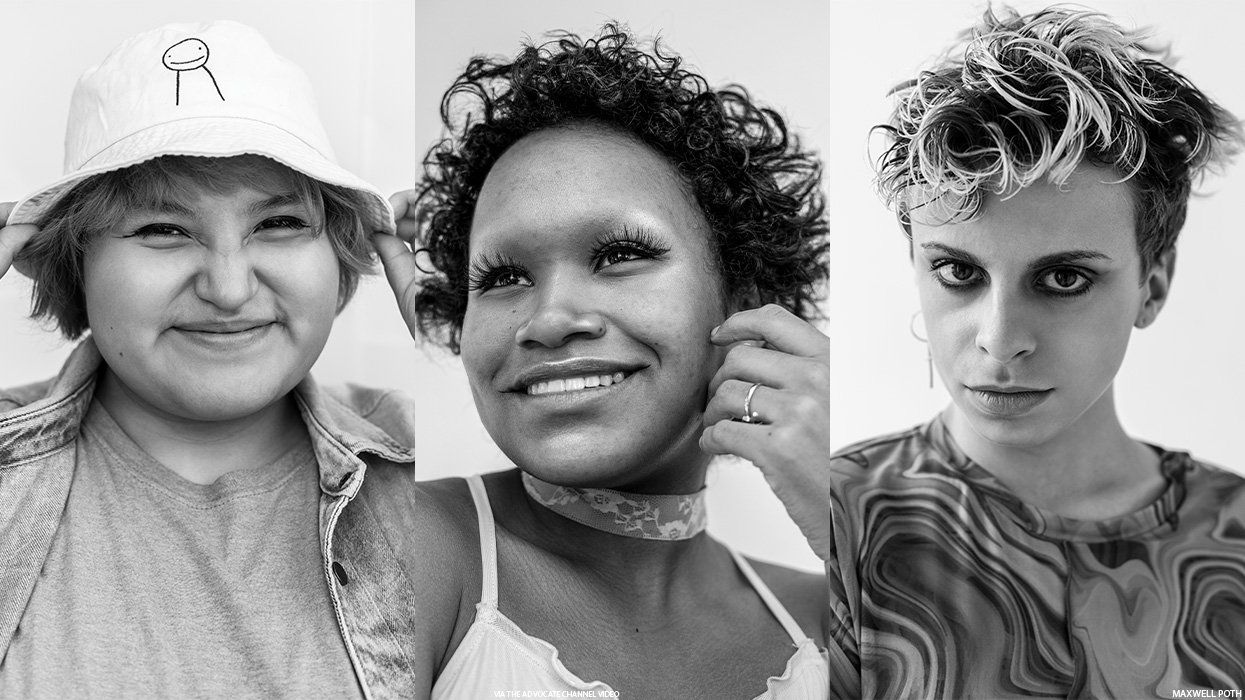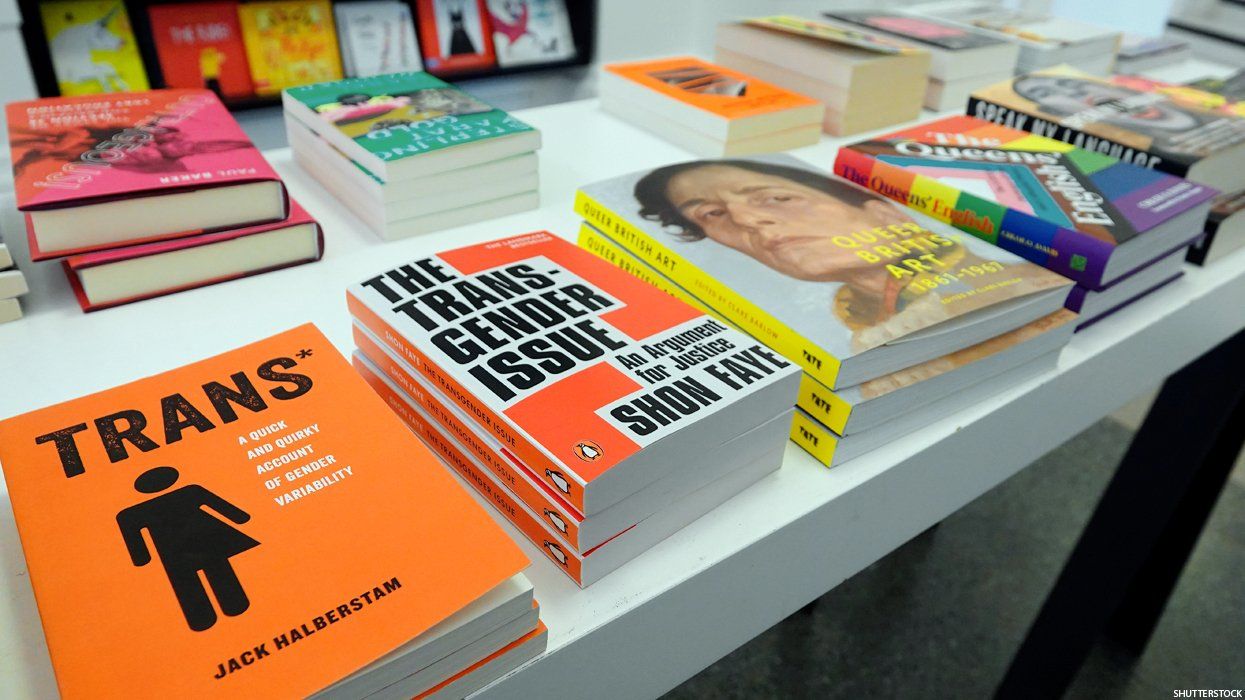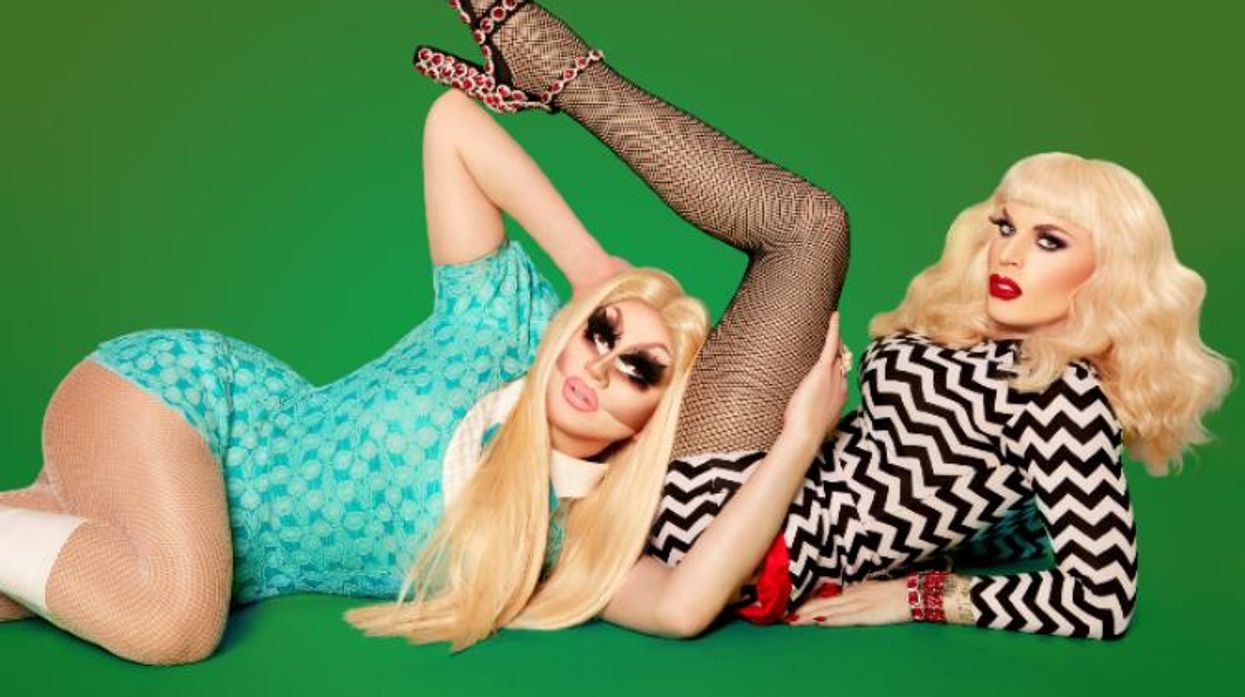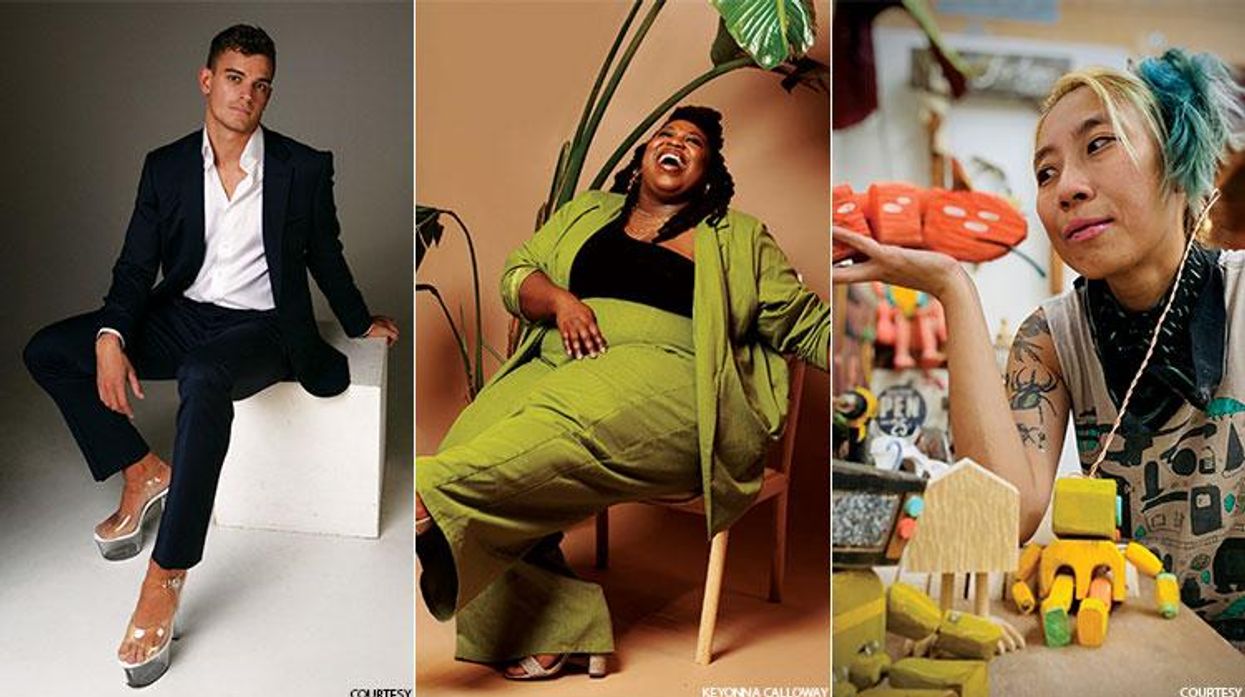Author and educator Breanne Fahs reasons with madness throughout Valerie Solanas: The Defiant Life of the Woman Who Wrote SCUM (and Shot Andy Warhol), the first full-length biography on this pivotal woman.
It's a madness that splintered the National Organization for Women, sparked radical feminism, and produced the most-widely distributed feminist text of its time, SCUM Manifesto. The simplest and most persistent portrait of Solanas is monster, hustler and extremist. Fahs explores the relationship between Solanas's notorious crime, her contentious relationship with the women's movement, and the reality of her life living on the edges of society, offering an exacting report of the inner darkness that many feared, and the outward charm that even her detractors would concede.
While filmmaker Mary Harron would eschew the legal and cultural aftermath of Valerie's life in the 1996 film I Shot Andy Warhol, this is the comprehensive account of a chaotic childhood, a disillusioned academic, a starving artist, a revolutionary, a criminal, a desperate loner, and a mysterious final decade.
Fahs assembles a catalog of interviews and correspondence with family, friends, and even enemies--including pioneering feminist Ti-Grace Atkinson, Factory collaborators Ultra Violet and Paul Morrissey, and the children she birthed secretly during her teens--and the influence of her work and her asocial nature are sympathetically refocused.
What we get is a life ripe with rejection, shaped by a troublesome childhood, a scrappy adulthood, and a descent into insanity. Beneath the caustic exterior, a woman who had fanatical belief in her work and her mission. Jeremiah Newton, one of Solanas's only close lifelong acquaintances states, "In an era when people didn't believe in themselves and bullshitted or wanted to believe in other people, she believed in herself and she was so sure one day the world would discover her and she would have the fame that she so richly deserved."
Unfortunately for Solanas, that fame would come with even further marginalization and contempt. Immediately after the shooting, NOW distanced themselves from her actions. The organization battled over what to do about support for her, many identified with what they perceived as her motives. This infighting led to the creation of numerous, more radicalized organizations.
To her supporters she was a female artist driven to her breaking point by the male-dominated art world she tried to infiltrate. Many perceived Warhol's Factory as exploitive and selective. After activist and writer Roxanne Dunbar-Ortiz heard of the murder attempt, she travelled to New York. "When she thought about Valerie's shooting Andy and standing up to patriarchy, she began fantasizing about Valerie as a symbol of women's rage," Fahs writes.
To Valerie, there was no grand statement intended, or so she claimed. She was driven to extremes to reclaim the manuscript that was hers. It was her own irrational conspiracy that plotted Andy Warhol and her publisher Maurice Girodias to sell the rights to her play Up Your Ass. Her paranoia over this imagined relationship would later escalate to include a larger group she simply called "The Mob."
Throughout legal proceedings, Valerie did not want anyone speaking of SCUM on her behalf -- even civil rights attorney Florynce Kennedy, who rushed to defend her. Insults were thrown at anyone interpreting her work or trying to explain her motivations. In August '68, Ti-Grace Atkinson received a letter from Valerie that included the note: "I am not being committed because of my views or "SCUM Manifesto."...Nor do I want you to continue to mouthe [sic] your cultivated banalities for shooting Warhol."
Through her many post-arrest evaluations in psychiatric hospitals and prisons, a more defiant and resilient Valerie arose. Her letters to Andy, Girodias, and others continued. Even after her initial release in 1971, and after her second round of legal troubles for harassing Grove Press publisher Barney Rosset, her determination to occupy the spotlight never wavered.
Her paranoia and overall mental condition worsened after she unsuccessfully tried to sell a new edition of SCUM Manifesto in 1977. She believed she was being monitored 24/7 by "The Mob" and refused to speak. At some point during this time, she found her way west to Phoenix and later San Francisco where she further deteriorated. These accounts are tremendously painful to read.
Through it all, she continued to write, her neighbors always remembered the sound of her typewriter constantly going. When Ultra Violet tracked her down in 1987, she noted that in fact she "had faded off," but also reaffirmed that "she had a truly revolutionary vision of a better world run by and for the benefit of women."
With this, her significance within the women's movement and radical feminism is certain. While there was certifiable mental illness involved in her decline, she was also a charming, witty, superiorly intelligent woman. While her actions of June 3, 1968 remain violent and impulsive, her story is important and invaluable. This book is a compelling, balanced account of an unraveling of brilliance and the matter of a desperate resistance.
Valerie Solanas: The Defiant Life of the Woman Who Wrote SCUM (and Shot Andy Warhol) is available from The Feminist Press


